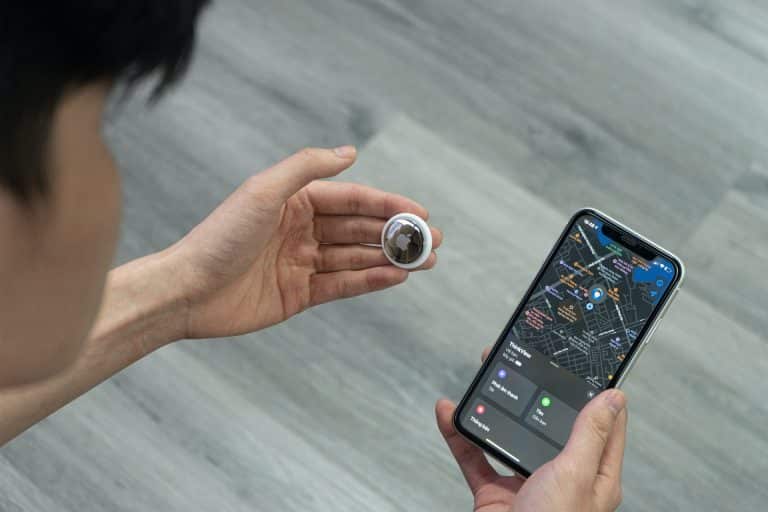According to a recent study conducted in the United States, smartphone sensors can be used to detect marijuana consumption. According to the findings of the study, a smartphone-based test for marijuana consumption done using sensors achieved a 90 percent accuracy rate.
A team of experts from the Rutgers Institute for Health in the United States conducted the new research. Published in the journal Drug and Alcohol Dependence, the study investigates whether or not it is possible to use mobile phone sensors to identify subjective intoxication caused by cannabis ingestion. According to the findings of the study, the practicality of such mapping is strong, and sensors in a smartphone may certainly be used to map such intoxication.
Within the vast array of sensors available on smartphones, travel patterns derived from GPS data and movement data derived from accelerometers were shown to be the most relevant for the identification of self-reported cannabis intoxication when compared to other phone sensors. Aside from that, the researchers recorded the time of day and the day of the week to detect intoxication in the regular life of a cannabis consumer who was using the product.
The results for the study were collected from young individuals between the ages of 18 and 25, who smoked marijuana at least twice a week at the time of the survey. Over the course of 30 days, the researchers plotted their replies to the survey questions. At the time of data collection, the participants were required to self-report their cannabis usage. A minimum of three times each day, the data points comprised the start/stop time and a subjective cannabis intoxication rating from 0 to 10, with 10 indicating very high intoxication.
In addition to the information provided by the participants, the researchers were constantly noticing information obtained from the sensors on their phones. With the use of smartphone sensors, researchers were able to determine the routine and behaviors linked with cannabis use, and how these might be mapped.
It is possible to employ accelerometers, for example, to detect any changes in the walking patterns of the participants during periods when they report feeling euphoric. According to the findings of the study, keeping track of the time and day showed a 60 percent accuracy in identifying cannabis intoxication in users who followed a pattern. An intoxicated state might be detected with 90 percent accuracy using a combination of time and data obtained from smartphone sensors.
According to a news release from Rutgers University, cannabis intoxication can cause slowed reaction times, which might impair performance at work, school, or when engaging in activities such as driving or operating heavy machinery. Due to the numerous limitations of existing detection methods, such as blood, urine, and saliva tests, an easily accessible method to detect its intoxication might go a long way toward assisting its customers in avoiding overconsumption.

